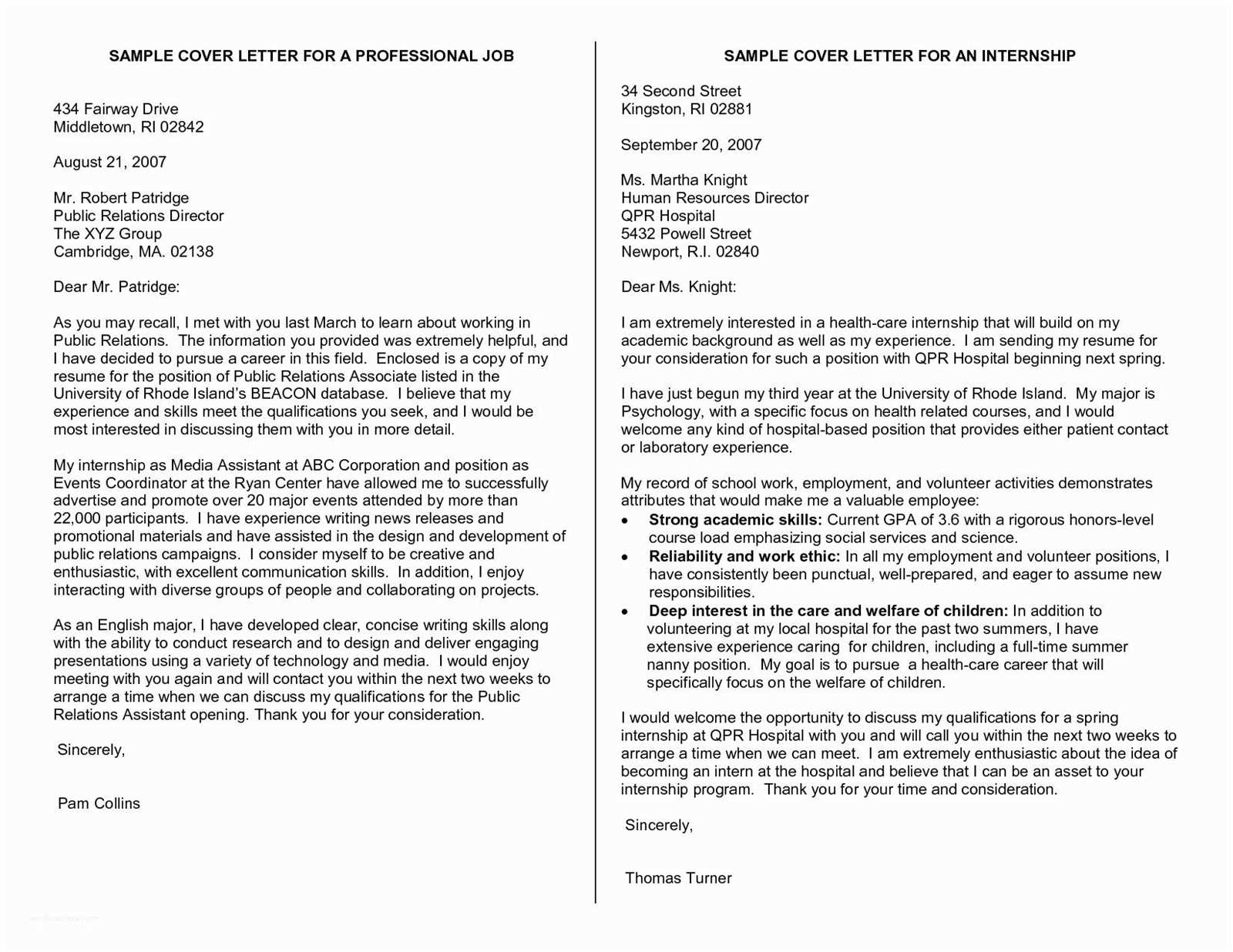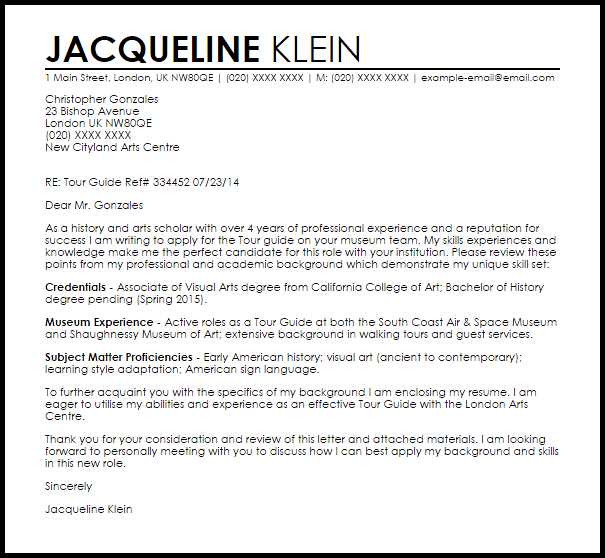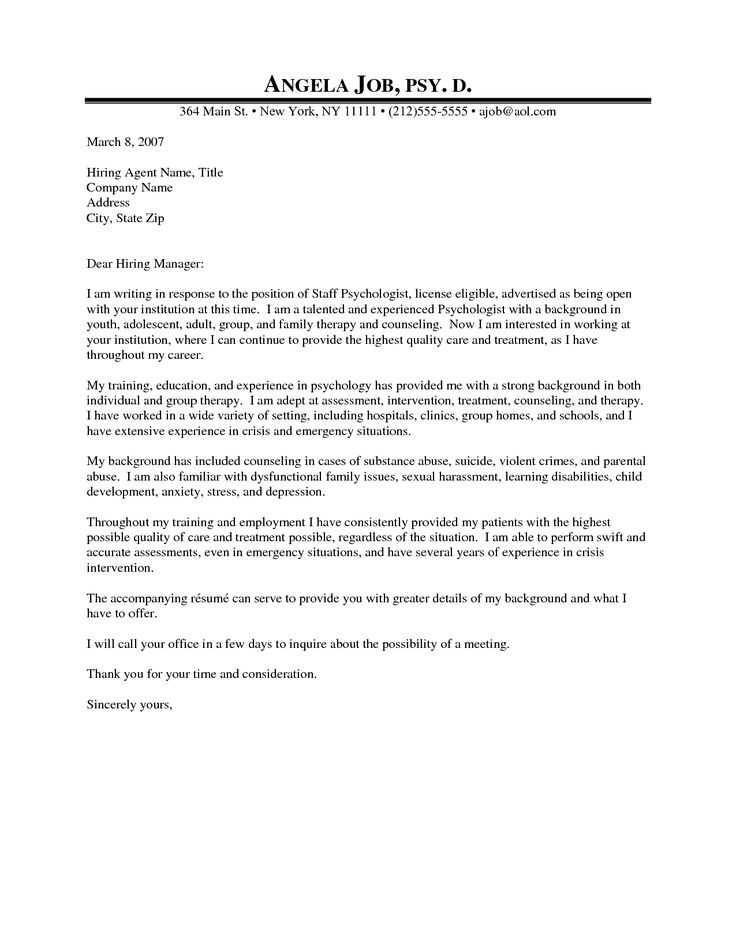Psychologist Letter to GP Template for Clear Communication

When a mental health professional needs to communicate important details to a general practitioner about a patient, it’s crucial to ensure that the information is clear, concise, and relevant. This communication can greatly enhance the collaborative care of the individual and help provide a more comprehensive approach to their well-being. A formal written document serves as a helpful tool in these cases.
Key Elements of an Effective Communication Document
The main goal of this written communication is to convey essential information without overwhelming the recipient. The document should contain:
- Basic Patient Information: Name, age, and relevant medical details.
- Current Treatment and Observations: A brief summary of ongoing treatment and any significant progress or concerns.
- Specific Requests or Recommendations: Clear suggestions on further actions or follow-ups needed.
- Relevant Background: Any important history that could aid in understanding the patient’s condition.
How to Personalize for Each Patient

Each individual’s case is unique, and the communication should reflect that. Adjust the content to highlight specific concerns, progress, or future steps relevant to the patient’s situation. This approach ensures that the document is both useful and actionable for the healthcare provider receiving it.
Common Errors to Avoid
- Overloading with Unnecessary Details: Only include information that directly impacts the patient’s care.
- Lack of Clear Recommendations: Ensure that any suggested actions or next steps are specific and actionable.
- Failure to Maintain Professional Tone: Keep the tone respectful and focused on the patient’s needs.
When to Send the Document
Timing is crucial. Send the document when the information shared is most relevant, such as after a significant change in the patient’s treatment or condition, or when seeking input or guidance from the doctor. Ensure that it reaches the healthcare provider promptly to ensure timely action.
Legal and Ethical Considerations
Always be mindful of patient confidentiality and follow legal guidelines regarding data protection. Ensure that the content shared is necessary and appropriate for the intended recipient, respecting the privacy of the individual while ensuring that essential details are communicated effectively.
Effective Communication Between Mental Health Professionals and General Practitioners
When a mental health expert needs to share crucial patient information with a primary care provider, it is essential to ensure the message is clear, organized, and tailored to the healthcare provider’s needs. This kind of professional communication ensures that both parties are well-informed, ultimately benefiting the patient’s overall care and treatment plan.
Key Elements of an Effective Document
An effective communication document should include the following key points:
- Patient Overview: Essential personal and medical details that are relevant to the current treatment.
- Current Care Plan: A summary of ongoing interventions and observations, highlighting any notable changes or progress.
- Recommendations or Requests: Clearly defined suggestions for further action or specific areas of attention that require the doctor’s input.
- Relevant History: Any background information that could assist the physician in understanding the patient’s condition better.
Personalizing the Document for Each Patient

Each patient’s situation is unique, and tailoring the content to reflect their specific needs and circumstances is crucial. Customizing the information not only improves the clarity of communication but also helps the healthcare provider take timely and appropriate actions based on the patient’s condition and treatment plan.
While creating the document, ensure that it is concise yet thorough, focusing on aspects that will contribute to the overall treatment. Avoid including irrelevant details that might confuse the recipient.
Common Errors to Avoid
- Excessive Detail: Including too much unnecessary information can make the document overwhelming and less effective.
- Lack of Actionable Recommendations: Always ensure that the suggestions made are clear and actionable to avoid any confusion about the next steps.
- Vague or Unfocused Language: Avoid being too general; provide specific facts and clear instructions to guide the general practitioner.
Clear, purposeful, and respectful communication helps build stronger professional relationships and ensures that the patient’s care is always at the forefront of discussions. Regular and effective exchange of information between healthcare providers can prevent misunderstandings, improve diagnoses, and enable better treatment decisions.
Timely submission of such communication is also critical. Whether it’s after a significant change in the patient’s condition or at a point when a decision needs to be made, ensuring that the document reaches the primary care physician when it matters most can significantly impact patient outcomes.
Legal and Ethical Considerations
While drafting any communication, always prioritize patient confidentiality and adhere to legal standards governing sensitive health data. This includes ensuring that only relevant information is shared, protecting the privacy of the individual, and obtaining any necessary consent before sending such documents to external healthcare providers.